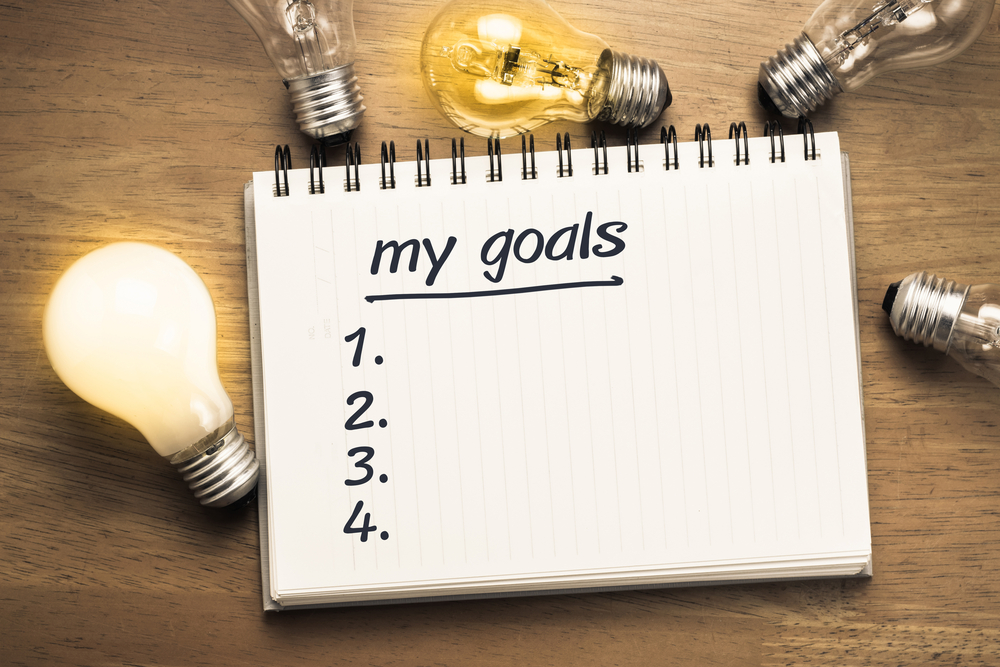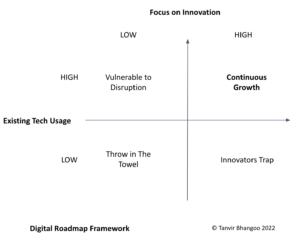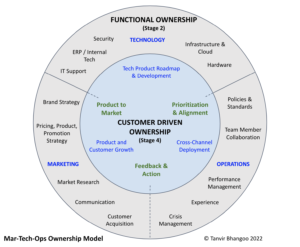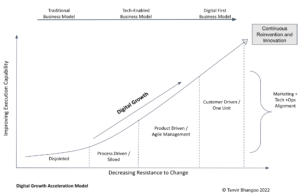
A few years after I stopped playing football, I had successfully transitioned into my digital / leadership career. I was loving my new lifestyle and really enjoyed being 80 lbs lighter. My previous injuries and lingering issues were gone and I was pain-free.
After realizing that I missed the football workouts and all the heavy lifting I used to do, I started introducing some heavy lifting back into my program. I added Olympic lifting, heavy deadlifts, and squats back into my workouts. A few months later, most of my workouts were heavy.
But, years later in 2020, I started noticing pain in my knee. It wasn’t much, but my body had started to develop imbalances. Shortly after, I hurt my lower back while deadlifting close to 400lbs. A few months later, I was squatting and my left knee decided enough was enough and started screaming with pain.
I saw a few therapists and doctors and most told me to work on strengthening my core and hips. But it didn’t help much.
After over a year of failed attempts to fix whatever was wrong with my body, I caught up with my old trainer/therapist from my playing days. He had treated me for my shoulder and knee injuries, so I trusted his judgment and opinion.
He asked me if I was working out? I said “yes.” I told him about the heavy lifting that I had been doing.
And he asked me “Tanvir, what are you training for?”
At that moment I realized that I had gotten it all wrong.
My goal was to be healthy, minimize injuries, and maintain a balanced lifestyle. That is why I had lost weight, to begin with. But over time, my actions stopped matching my priorities.
I had been putting my body under extreme pressure without the proper care. My body was telling me that it’s had enough, especially given the prior injuries from football. And everything I was doing was not taking me closer to my goal of a healthy lifestyle.
As hard as it was, I completely revamped my workout program. I reduced the volume and loads, removed the complex exercises, and focused on building more core strength and flexibility. And what a difference it made!
In this new digital, changing, chaotic world, our plans and actions must align with our long-term goals and objectives. Because there is so much change, we need to constantly revisit our actions and ensure they are taking us closer to our goals.
Here are a few steps that you can implement to help align your actions to your goals
1- Identify your Priorities:
Analyze your personal or your leadership’s top three priorities. This generally includes goals tied to the operating model, such as increasing profitability, gaining market share, improving workplace culture, and so on. It should also include your personal goals, such as future promotions, a new role, or something you want to achieve or deliver.
2 – Select the 20%:
These are actions (drivers) that have the highest return on your time and effort, to take you closer to your priorities. As a leader or team, pick the 20 percent that will provide the highest return on investment.
3- Build Checkpoints:
Here, ensure that the work you’re doing is getting you closer to your goal. Remove projects, actions, or tasks that are a waste of time or energy. We do them because either we think we’re being productive by doing work or because it’s part of a process that is no longer relevant.
Find a way to build personal checkpoints on a weekly or monthly basis to evaluate your own 20 percent.
4- Re-Prioritize:
Make it a habit to re-prioritize your objectives based on any new information you have, or changes to your plan. Look at your personal and company objectives, and if things have changed, find your new 20 percent and get to work.
Repeat the process. Ask yourself – what are you training for?
- To receive more insights on digital leadership, culture and business check out more blogs here.
- Also, watch Tanvir’s Sports to Business podcast series to understand how you can apply sports principles to business. In this series, Tanvir sits down with former athletes from CFL/NFL football players to Olympians, and share their business transformation stories with you.



